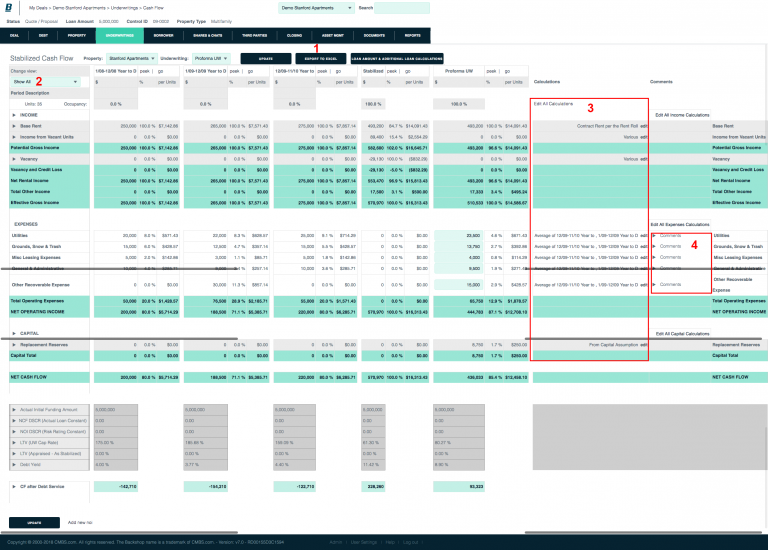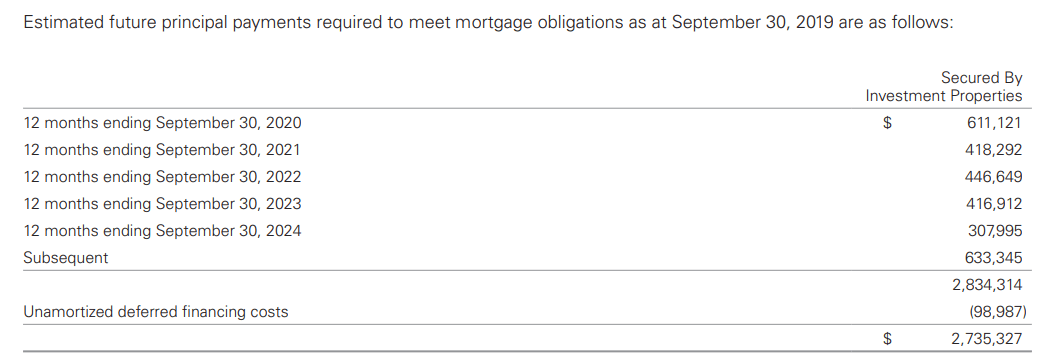

At the time of writing, the interest rate is 1.55%. The first option is the 10-Year Treasury. Assume that an individual has $1,000,000 to invest and they are trying to decide between three different options. The logic behind the use of yield on cost in real estate can be illustrated with a simple example. As such, it can be a quick way to filter out deals that don’t meet our return criteria. It is an easy, back-of-the-envelope way to calculate expected commercial real estate returns.It provides a way to compare the potential return on a value-add investment versus less risky alternatives.As value-add investors, yield on cost is a useful metric for two reasons: Yield on cost is calculated as a property’s stabilized Net Operating Income (NOI) divided by the total project cost.

Yield on cost is a real estate financial metric that helps investors quantify the risk taken to purchase an asset. This is where yield on cost comes into play. There is less risk in this approach, but we would also have to pay more, which lowers overall returns. For example, we could buy an existing retail shopping center that doesn’t need any renovations or leasing help. In order to justify taking this type of risk, we must be compensated for it. The desired result of these activities is improved Net Operating Income, which also improves the market value of the asset.īut there is ample risk in a value-add approach: Overview of the Value-Add Investment StrategyĪs value-add investors, we seek to acquire properties at a discount to their replacement cost, and to improve them through renovations, new tenants, lease extensions, cost efficiencies, and rebranding. To learn more about the commercial real estate investments we offer, click here. In order to understand yield on cost in commercial real estate and why it is important, it is first necessary to review the value-add investment strategy.įNRP’s value-add strategy is focused on finding risk-adjusted returns for our investors. The yield on cost formula is calculated as net operating income divided by total project cost. As value-add investors, one of the ways that we do this is to utilize a metric called Yield on Cost. Each investment and each CRE property type carry their own levels of risk, and it is up to investors to identify where the risk lies and to determine if the potential return is worth it. However, risk can be tricky to quantify because it is all relative. The more risk a commercial property carries, the greater the potential reward. One of the most fundamental concepts in commercial real estate (CRE) investment is understanding the relationship between risk and return.


 0 kommentar(er)
0 kommentar(er)
